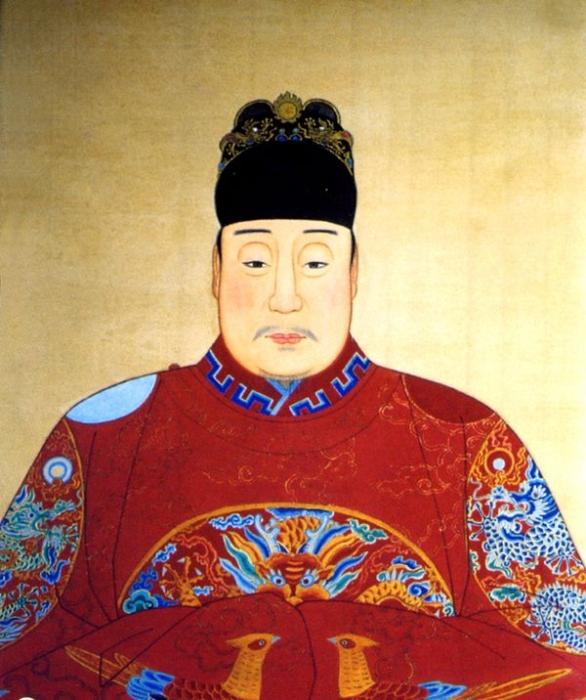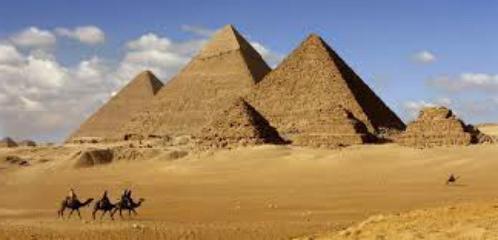Hieroglyph of wealth "Fu": legends and customs
The custom of the Chinese to hang the hieroglyph of wealth on their ownthe door is shrouded in mystery. According to some traditions, this tradition was introduced by Jiang-Taigong, who was at the throne during the reign of the Zhou dynasty. Other sources of the chronicle of China refer to the story of Zhu Yongzhang: he became the founder of the Ming dynasty. The first story is more epic, because it affects the relationship between the Chinese gods: Jiang-Taigong became a god, and called his wife the Goddess of Poverty, which she was very happy about. Then he ordered her to rule where there is no symbol of prosperity. With this belief and the tradition has come to not let poverty into your house, hanging the hieroglyph of wealth at the door.

As you can see, the first story is implausible andmore like a joke. The second tells of the completely natural behavior of the ruling person. Zhu Yongzhang once heard a crowd in the crowd making fun of a picture of a barefooted young girl living in Anhui province. The emperor did not understand why these people laugh, and thought that they ridiculed his wife: she was from the same province. In fact, those people who laughed, just not used to seeing a woman barefoot: it was customary to bandage girls to bandage their feet from early childhood, putting them on tight shoes. The leg was deformed and remained small - it was considered a sign of grace. The emperor ordered to hang the hieroglyph of wealth on the door of those who were not in the crowd, and executed the others.

The symbol "Fu" is not just monetary wealth,this is happiness, success in career and family relations, because the word "wealth" comes from the word "god" and indicates a favorable development not only in the monetary sphere, but also in other aspects of life. There are many symbols, similar in meaning to the symbol "Fu". For example: a symbol of prosperity and prosperity - "Lu"; symbol of money and material wealth - "Tsai". If a person needs not only material security, but also the harmony of his inner world with the external, he must choose the hieroglyph "Wealth". The photo of this symbol is on the top of the page.
Under the New Year, the Chinese often hang out or painthieroglyph "Fu" inverted: on this subject there is another legend. Once upon a time, when the Qing Dynasty rules, before the New Year the slave was told to hang a symbol of wealth on the door. The hieroglyph was set upside down because of the illiteracy of the servant - this greatly upset the rich master. Another servant, the chief steward, stood up for the unfortunate man and said that he was not mistaken, because in China "wealth is turned upside down" means the same thing as "wealth has come." Thus the servant saved life.





